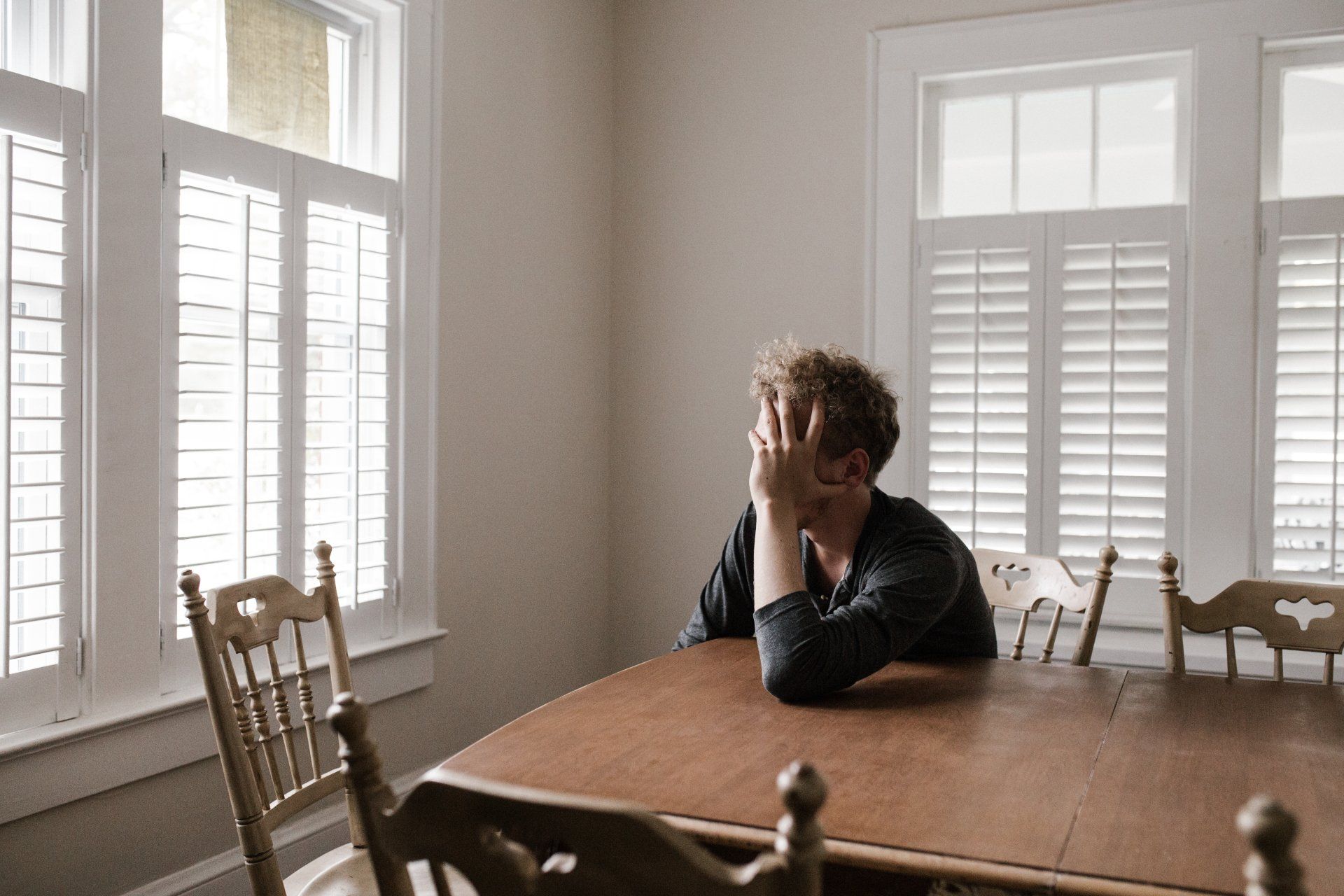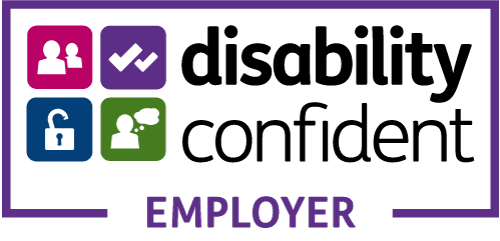You just have to breathe, right?
Why panic attacks can cause us so much distress
Our brain is a wonderful and mysterious machine. It knows how to problem solve, make sense of a world with many complications, and keeps us going. But panic attacks have got be one of its biggest screw ups. I know as a therapist I really should not go round insulting the body part that essentially keeps me in a job but its true. Panic attacks usually occur due to our brain’s reaction to a situation, person or general feeling of threat. And this is all built from a system that is quite frankly outdated. Not just a little outdated, like hundreds of thousands of years out of date.
You may have heard of the fight or flight system and if you have then you may remember the example of a cavemen with a woolly mammoth running at him. Stripped to its core, the fight or flight reaction is the alarm system in our brain telling us how to react to something that may harm us. With a woolly mammoth this means either stabbing it with our spear or running away. As I hope we are all aware, woolly mammoths are not really an issue anymore. The problem we have is the fight or flight system was designed to protect us in what was a very black and white world.
Nowadays, the world is very grey. Mr Caveman did not have to worry about work meetings or car journeys or a nationwide lockdown. Essentially, the system hasn’t been updated since we developed a brain big enough to hold it.
A panic attack is the result of our brain releasing a bucketload of adrenaline into our body to make us aware that something bad is happening. We can get physical symptoms like our heart beating faster because it wants to pump more blood to the muscles, meaning we can run away or attack something or muscle tension/pins and needles because all this blood and oxygen has gone into the legs and arms literally waiting for us to punch a woolly mammoth in the face. When this doesn’t happen, we don’t exert the energy and eventually when this dies down, we are left exhausted, shaky and weak. Our thinking patterns during a panic attack may snowball even further because it feels so inappropriate of a response or we worry that it is something physical like a heart attack. This then makes our mind feel threatened and so the cycle continues.
There are a lot of myths surrounding panic attacks. Professionals know they are not dangerous. Frustratingly so, there does not always need to be a direct trigger either. Panic attacks can arise due to underlying emotions, levels of stress or just come a little bit delayed. Sometimes, our brain will form associations, meaning if you had a panic attack in a crowded shop then your brain may say okay busy place = not good. Then, the next time we enter a crowded bar, shop or cinema we may see the same symptoms because our brain has just played a very unsuccessful game of
match the pair. When experiencing panic attacks, some people may then start avoiding certain situations due to a fear of panic, go to the doctor repeatedly to check for physical reasons or live in fear of those symptoms. For someone with anxiety and worry already this may then prolong those symptoms or make them feel like something we should focus even more so.
We can’t stop our fight or flight system. And you shouldn’t be disheartened by that. At its core, our brain is just trying to protect us and that is helpful. We need to know if something is genuinely dangerous. The key is to create a balance and awareness of your panic so that you know how to manage it when its not needed. With a therapist you can start to identify the patterns behind your panic attacks, how you perceive the symptoms or the situations you normally experience them in and how you can learn to ride the wave of panic rather than be drowned by it.
If you refer in online and speak to one our therapists, they will be able to point you in the direction of support for panic: https://www.trentpts.co.uk/self-referral
You can find more info on what a panic attack is here:













